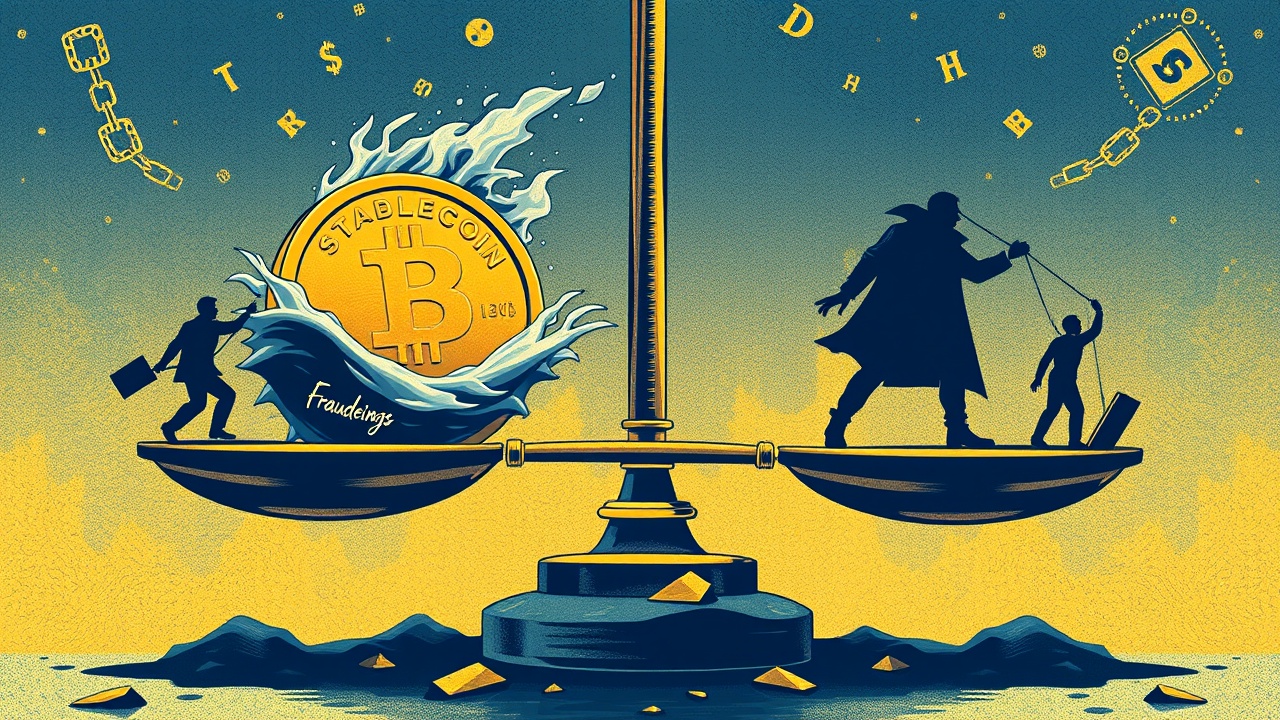Surge of Interest in Stablecoins
In recent times, a surge of interest in stablecoins has been observed, particularly from established financial institutions. Major players like Bank of America and Standard Chartered are contemplating the launch of their own stablecoins. They would join the ranks of JPMorgan, which recently rebranded its JPM Coin to Kinexys Digital Payments, aimed at enhancing transaction efficiency for institutional clients within their blockchain platform, Kinexys, formerly known as Onyx.
Partnerships and Collaborations in the Stablecoin Space
Mastercard is also entering the fray, striving to mainstream stablecoins through a partnership with Bleap Finance, a burgeoning cryptocurrency startup. The initiative aims to allow users to spend stablecoins on-chain directly, eliminating the need for conversions or intermediary entities while integrating these digital assets into Mastercard’s extensive global payment systems.
In a significant move for the sector, Visa has recently allied with the Global Dollar Network (USDG), marking its entry as the first traditional finance institution to join this consortium. Meanwhile, in late March, the Intercontinental Exchange (ICE), parent company of the New York Stock Exchange (NYSE), revealed it is exploring the potential integration of USDC and US Yield Coin within its derivatives markets and related services.
Regulatory Landscape and Stability Measures
This heightened engagement in the stablecoin space is largely attributed to a clearer regulatory landscape. Recent actions by U.S. and European regulatory bodies have set more defined standards for cryptocurrency operations. In the U.S., legislative proposals aimed at establishing comprehensive guidelines for stablecoins are underway, enhancing trust among banks and fintech firms. Concurrently, the European Union has enacted the Markets in Crypto-Assets regulation mandating compliance with specific financial requirements for stablecoin issuers.
The UK’s financial authorities are also taking steps to formalize regulations governing stablecoin usage. The previous Trump administration’s executive order 14067 supports the growth of legal dollar-backed stablecoins while prohibiting the issuance of Central Bank Digital Currencies (CBDCs) within the U.S., further indicating a favorable environment for stablecoin innovation. This push aligns with recent initiatives from the Trump-affiliated World Liberty Financial, which has introduced a USD-pegged stablecoin named USD1.
The Current Stablecoin Ecosystem
The current stablecoin ecosystem includes over 200 variants, predominantly pegged to the U.S. dollar. Industry stalwarts like Tether’s USDT, launched in 2014, and USD Coin (USDC) from 2018 command significant market shares, accounting for 65% and 28% of the market cap, respectively. A newer entrant, USDe, introduced in February 2024, holds approximately 2% and employs a unique model based on derivatives trading, which adds layers of complexity and risk.
Mechanisms Behind Stablecoins
The three primary mechanisms behind stablecoins are:
- Centralized, fiat-collateralized: Here, a central authority retains reserves of tangible assets to back issued stablecoins.
- Decentralized, cryptocurrency-collateralized: This model utilizes other crypto assets to support the coin’s value, as exemplified by MakerDAO’s DAI, which operates independently of a central authority.
- Decentralized, uncollateralized: Stability is maintained through algorithm-driven supply controls, taking inspiration from traditional monetary policy approaches without depending on physical reserves.
Instances of Instability
Despite being designed for price stability, the stablecoin market has witnessed instances of instability, primarily rooted in the mechanisms behind certain coins rather than systemic failures. For instance, the notorious situation surrounding TerraUSD (UST) was linked to manipulative tactics rather than structural insolvency. The collapse of UST exposed vulnerabilities in its design, particularly its reliance on unsustainable incentives, such as the unsound 19.5% staking yield promised to attract users.
In March 2025, legal repercussions followed the fallout, with Galaxy Digital settling $200 million with the New York Attorney General, highlighting the importance of transparent promotion in the crypto space. Additionally, the founder of Terra, Do Kwon, faced multiple fraud charges related to securities fraud.
Conclusion
Given the centralized nature of most stablecoins, regulatory scrutiny is imperative to prevent misuse and uphold market integrity. This raises questions about the initial ethos of cryptocurrencies, which aimed to empower individuals by eliminating intermediaries. It may be prudent to re-envision stablecoins that resonate with the foundational principles of decentralized finance, thereby creating a stable, autonomous alternative free from corporate influences.
This exposition is meant for informational purposes and should not be misconstrued as financial or legal advice. The opinions articulated reflect the author’s perspective and may not align with those of other organizations or individuals.




